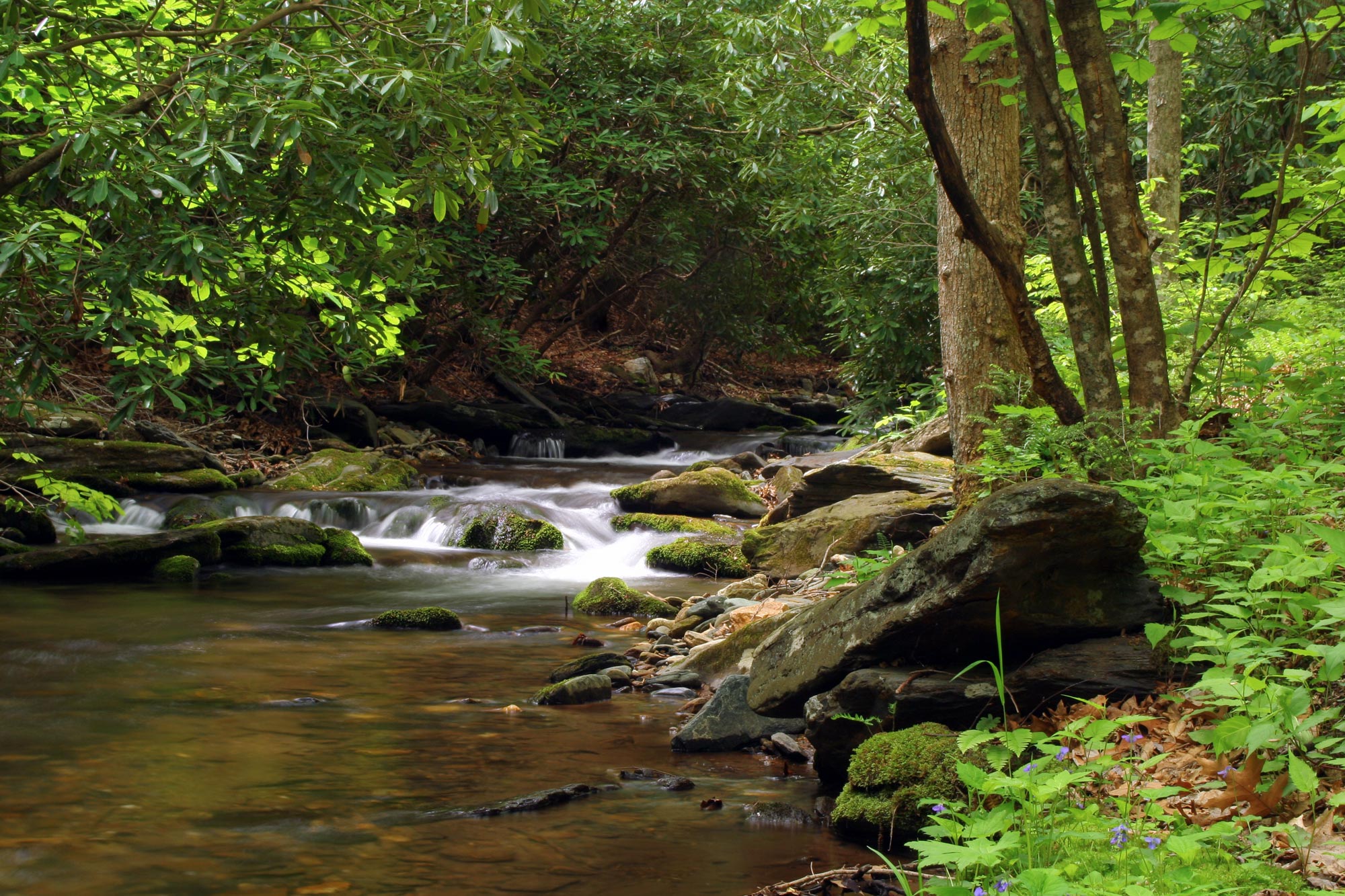Researchers at the University of Virginia’s Environmental Resilience Institute have published a report assessing how much carbon Virginia needs to remove from the atmosphere to get to “net-zero” emissions of carbon dioxide – a designation which means that emissions of greenhouse gases do not exceed the amount being removed from the atmosphere.
Carbon dioxide has been identified as a leading contributor to man-made climate change, helping to trap heat in the atmosphere.
The report concludes that Virginia can achieve net-zero emissions by 2050 if it implements current state policies for carbon dioxide emissions reductions, primarily through the Virginia Clean Economy Act, and captures and sequesters an additional 40 million tons of carbon dioxide from the atmosphere annually.
“The purpose of this report is to begin to understand and illustrate what taking large amounts of carbon out of the atmosphere would look like in Virginia,” said Karen McGlathery, a UVA professor of environmental sciences and the institute’s director. “Although it would require significant changes to land-use practices, it does appear to be very manageable.”
Born out of the institute’s Climate Restoration Initiative, involving faculty and students from five different schools at UVA, the report being released Monday will serve as an initial sketch for how Virginia can remove large amounts of carbon from the atmosphere and as a model for other states to evaluate their carbon sequestration potential.
The Virginia Department of Environmental Quality estimates that the state currently emits about 140 million tons of carbon dioxide a year, while forests and other natural land uses capture and retain about 50 million tons of that.
Implementation of carbon dioxide emissions reductions required by the Virginia Clean Economy Act were used as a basis for estimating additional mitigation required to reach net-zero. The starting point for the analysis was use of the Global Change Analysis Model on a statewide basis. The model looks at how five systems interact: energy, water, land use, economy and climate.
Researchers then did a more intense study of land-use options in Virginia to further adapt the model results to the state.
An evaluation of current land-use practices in Virginia shows that restoring natural ecosystems, primarily forests, can accomplish 20% of the state’s additional carbon sequestration needs and that Virginia will need to turn to technological solutions for the other 80%.
The most promising technological solutions for Virginia involve bioenergy, the researchers said. Crops such as switchgrass or timber capture carbon dioxide from the atmosphere, which is forced into the ground when the biomaterials are converted to fuel or electricity.
“Although one of our conclusions is that contribution of natural restoration is important, but modest, all of these practices have significant additional benefits and need to be pursued,” said Deborah Lawrence, a professor of environmental sciences and one of the report’s lead authors. “Also, forests are already capturing a huge amount of carbon in Virginia – more than a third of our current emissions. Protecting those forests needs to be a central part of our mitigation strategy.”
More than 100 faculty members from 10 UVA schools are affiliated with the Environmental Resilience Institute. Researchers will discuss the report in an April 18 webinar.
Media Contact
Article Information
April 1, 2022
/content/uva-institute-report-optimistic-virginia-can-meet-net-zero-carbon-goal

